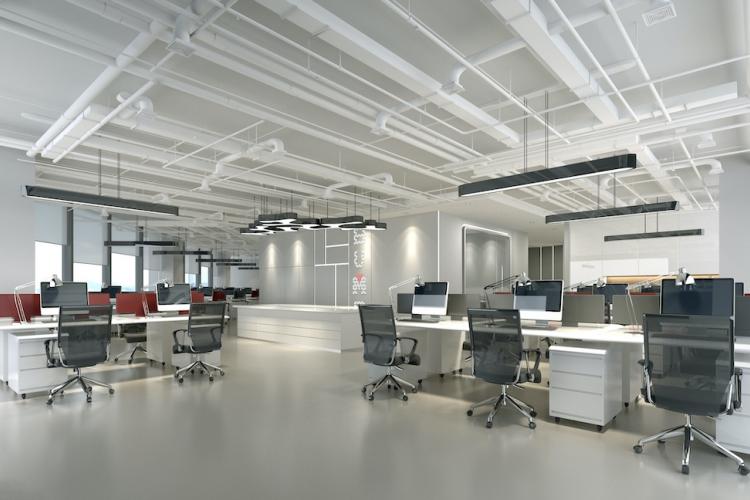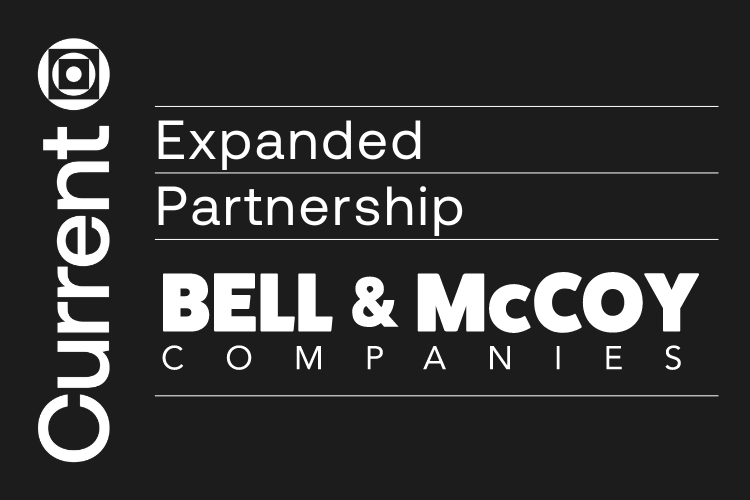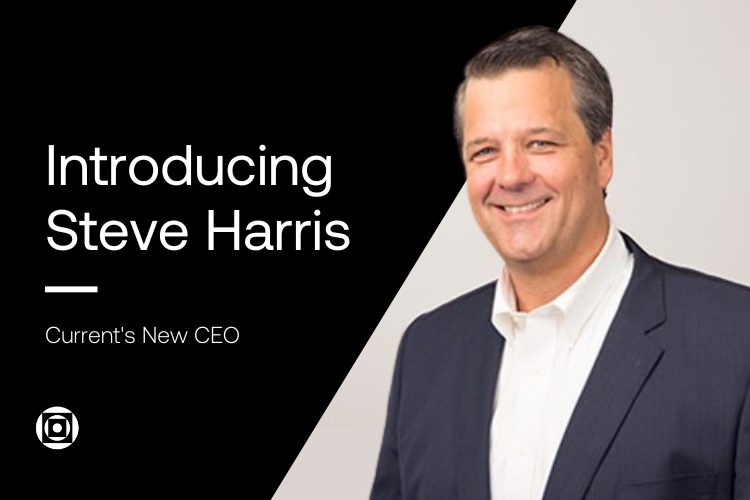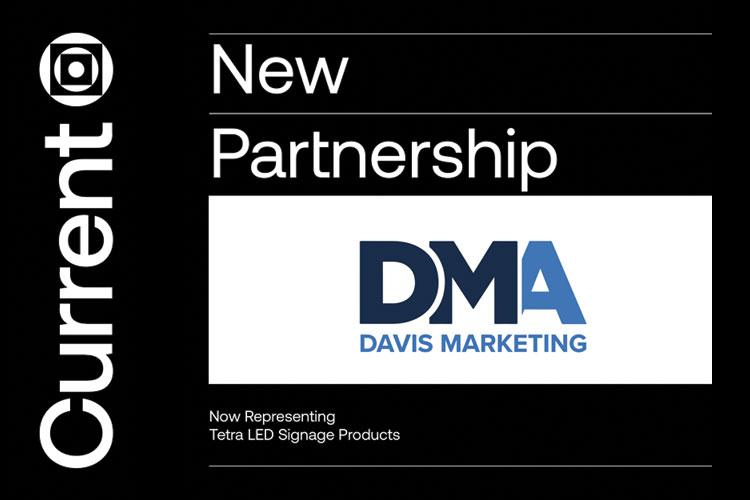2015 International Energy Conservation Code: What You Need to Know
2015 International Energy Conservation Code: What You Need to Know
2015 International Energy Conservation Code: What You Need to Know
As more and more workers spend their sunshine-splashed hours indoors, the need for well-lit workspaces soars to the top of the list of employee needs. Features like air quality, comfortable temperatures and relaxing light levels consistently outrank trendy amenities like on-site gyms, meditation bubbles, and gourmet lunches. Energy-efficient lighting not only pleases tenants, but also decreases building costs for facility owners. To design the buildings that both reduce energy spend and retain top talent, contractors and engineers in many states rely on the 2015 International Energy Conservation Code.
The team of energy efficiency specialists behind these important guidelines known as the IECC release updated versions every three years. States across the country voluntarily adopt preferred versions in an effort to standardize energy usage in both retrofits and new builds.
One of the most popular iterations is the 2015 International Energy Conservation Code, currently embraced by fifteen states:
- Northeast: Connecticut, Massachusetts, New Hampshire, New York, Pennsylvania, Rhode Island and Vermont
- Southeast: Virginia and North Carolina
- Midwest: Michigan and Wisconsin
- Southwest: Florida, Georgia and Texas
- West: Idaho
Lighting sets the mood for productive work. While pleasing, sunny tones boost collaboration in shared spaces, they also combat morale-draining side effects incurred by buzzing overhead lights and unnecessary eye strain. The 2015 IECC helps guide different lighting decisions for spaces like inside offices versus open offices with big bay windows, establishing minimum requirements for comfortable, energy-efficient buildings around the country.
What are the main requirements of the 2015 International Energy Conservation Code?
The 2015 edition introduces a handful of new standards that can impact your next construction project. Here are the three main considerations highlighted in this critical version.
Sets individual standards for daylight harvesting for sidelit windows and vertical lighting
The 2015 version of the IECC sets unique standards for windows providing daylight from the side and toplit windows like skylights. Using strategies like Scene or Zonal Control, you can easily implement an ambiance perfect for a given setting. Daylight Harvesting dims interior fixtures during bright, sunny days to drench workspaces with natural light where possible. You can also apply these settings to address new policies that govern lighting needs based on the direction a window faces.
Revisits treatment of exterior lighting
Up until the 2015 edition, all exterior lights received equal treatment. The 2015 International Energy Conservation Code divides exterior lighting into two categories: general lighting like parking lots and pathways, and perimeter lighting like landscaping and decorative facades. This allows facility managers to throttle energy output based on unique usage of each outdoor application.
Establishes high bay occupancy sensor requirements
The 2015 IECC proposes new recommendations for facilities that contain warehouses with high bay storage racks. You can easily deploy wireless sensors atop high bays to automatically adjust lighting levels and reduce energy output by 50% once a warehouse has been vacant for 30 minutes.
Without a nationally adopted policy, the list of suggestions and recommendations for building an energy-efficient facility might feel dizzying. The IECC strives to codify the process by standardizing the features that build safe, comfortable and efficient buildings. However, it is important to keep in mind that local codes may be stricter than state or federal guidelines. Always verify that lighting plans meet all applicable ordinances.
By partnering with the right team of lighting control experts, you can make sure your next construction projects go off without a hitch.






